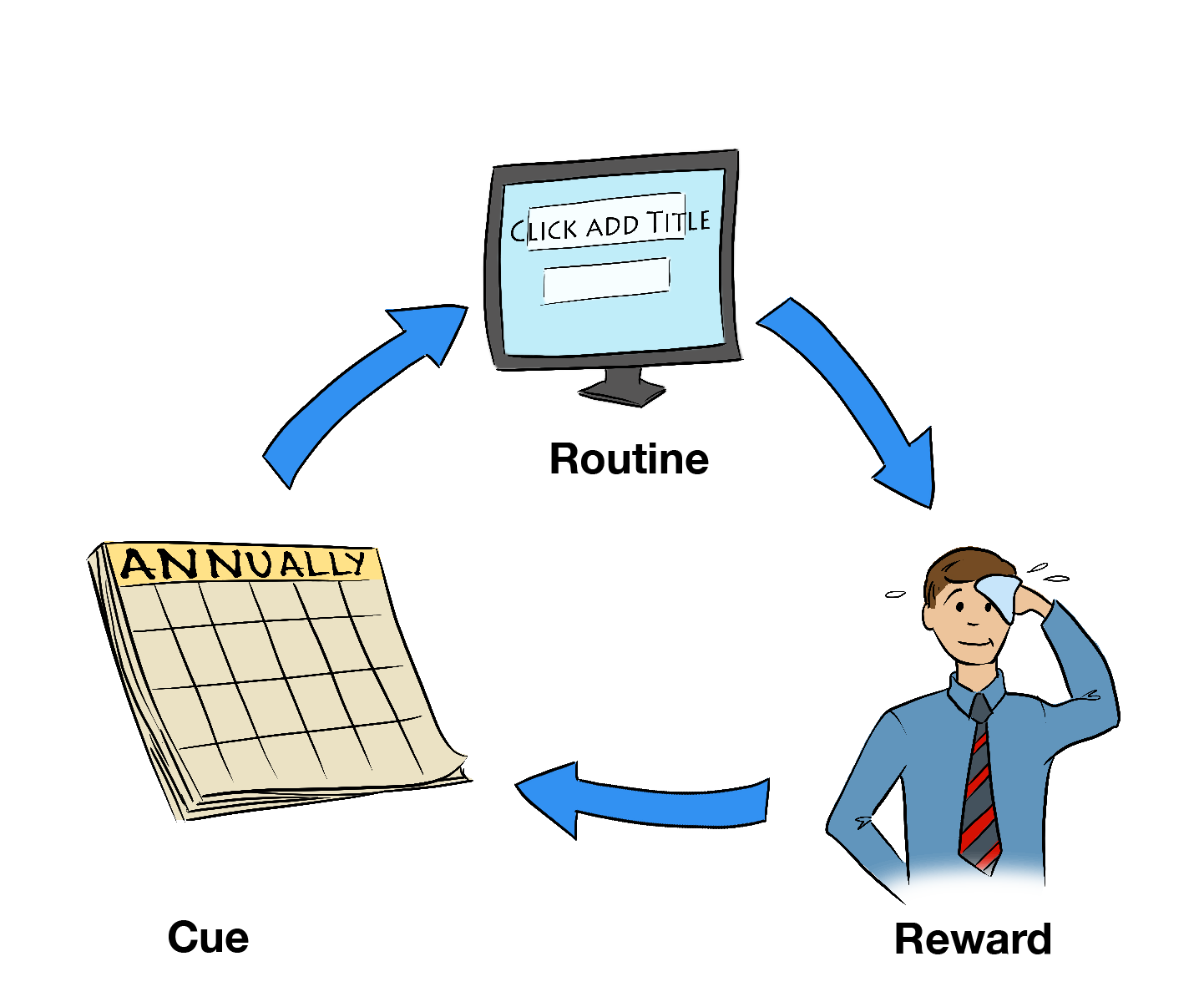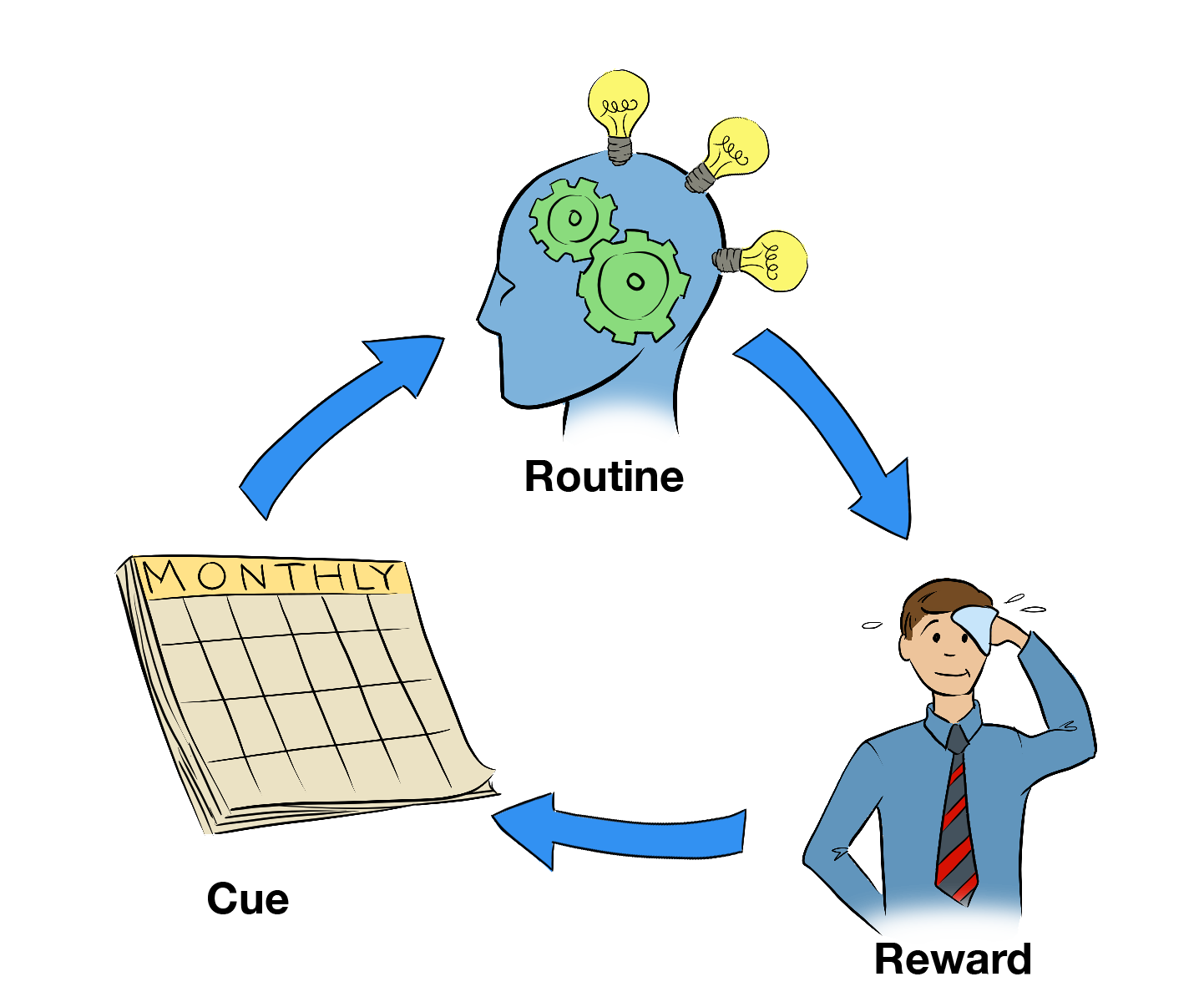I’m always looking for ways to improve the strategic planning from a dreaded annual activity to a meaningful, helpful process.
Recently, I had the opportunity to read Elevate: The Three Disciplines of Advanced Strategic Thinking by Rich Horwath. Rich has helped numerous companies and managers with the strategic planning process and evaluating strategic capabilities. I had the opportunity to talk with Rich about the most common mistakes leaders make.
3 Common Mistakes of Strategic Planning
Rich, you’ve worked on strategy both as the CEO of the Strategic Thinking Institute and before that as a Chief Strategy Officer. What are the most common mistakes you see in strategic planning?
There are typically three mistakes when it comes to strategic planning.
Mistake #1: Confusing strategy with other planning terms.
The first is the group not having a universal understanding of what strategy is and how it differs from other key planning terms such as mission, vision, goals, objectives and tactics. There’s a tremendous lack of precision when it comes to strategic planning and that starts with the fundamental building blocks.
Mistake #2: Regurgitating last year’s plan.
The second is that most plans are simply a regurgitation of last year’s plan. This is because managers don’t think before they plan. I’m a big believer that new growth comes from new thinking. If you don’t take time and tools to generate new insights, then don’t expect your group to perform any better than the year before, or the year before that.
Mistake #3: Not linking the strategic plan to daily activities.
The third mistake is not linking the plan to people’s daily activities. Most plans sit in a binder on the shelf collecting dust all year. If your strategic plan isn’t driving daily activities, then you’ve wasted time doing the plan. Instead of planning next year, spend the time and money on a trip to the Caribbean. At least the group will be in a good mood before the company goes bankrupt. I recommend using a StrategyPrint, or two-page blueprint of the business, that captures the essence of the plan and is easily updated.
Train Leaders on Strategy or Face the Consequences
Why is it so important to train leaders on strategic thinking?
My research with 154 companies showed that only 30% of managers are strategic. What this means for your organization is that 70% of managers are wasting time, wasting talent and wasting budget on unproductive, dead-end strategies. The number one cause of bankruptcy is bad strategy. So, if the majority of your managers aren’t thinking and acting strategically, there’s a good chance that your organization won’t exist, sooner rather than later.
We’ve all worked for managers who work on strategy once a year. You develop a slick PowerPoint and Word document, present it to much fanfare, and put it on a shelf only to be opened next year when the process starts again. How do you implement strategy and make it real?
Concepts change thinking and tools change behavior.
In order to make strategy real, you have to create strategy habits. A habit is defined as, “a behavior pattern acquired by frequent repetition or physiologic exposure that shows itself in regularity or increased facility of performance; an acquired mode of behavior that has become nearly or completely involuntary.” A habit consists of the following three components:
1. Cue (trigger) 2. Routine (behavior) 3. Reward (result)
A nearly universal business habit that can be enhanced in many cases is strategic planning. For many organizations, the cue for this behavior is the calendar. As the calendar hits October or November, it triggers the routine or behavior of strategic planning. The more seasoned, or cynical, manager might describe the routine as filling out a bunch of templates that create a huge PowerPoint slide deck. The reward is a sense of accomplishment, or relief, and a tangible plan.

However, with just a few adjustments, the strategic planning process can be made much more productive and relevant. The first adjustment keeps the same cue (calendar), but instead of an annual trigger, it becomes monthly. The monthly cue triggers a new routine consisting of a half-day strategic thinking session to accumulate new insights and review existing goals, objectives, strategies, tactics, and metrics, and make the appropriate modifications. The result is a real-time strategic action plan that is highly relevant, drives people’s daily activities, and instills greater confidence in the strategic direction.

 How do you make strategy an ongoing conversation instead of a once a year activity?
How do you make strategy an ongoing conversation instead of a once a year activity?
Leaders need to first carve out time to give their people a forum for conversations.
They then need to structure the conversations so they are generating insights about the key business issues. A conversation is comprised of two types of exchanges: dialogue and discussion. While the two terms are often used interchangeably, it’s important to note the distinction as you facilitate strategy conversations amongst your team.
New strategy conversations begin with dialogue. A dialogue is an exchange of ideas or opinions on a particular issue. Think about your organization’s strategic planning process. Is it grounded in this open exchange of ideas and opinions? Or do new ideas need to survive a series of didactic monologues and a gauntlet of leadership critiques?
Elevate: The Three Disciplines of Advanced Strategic Thinking

